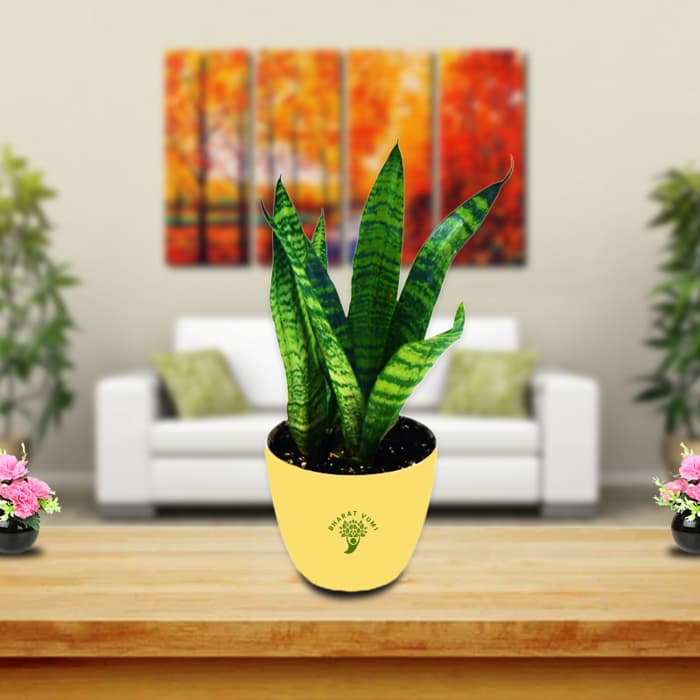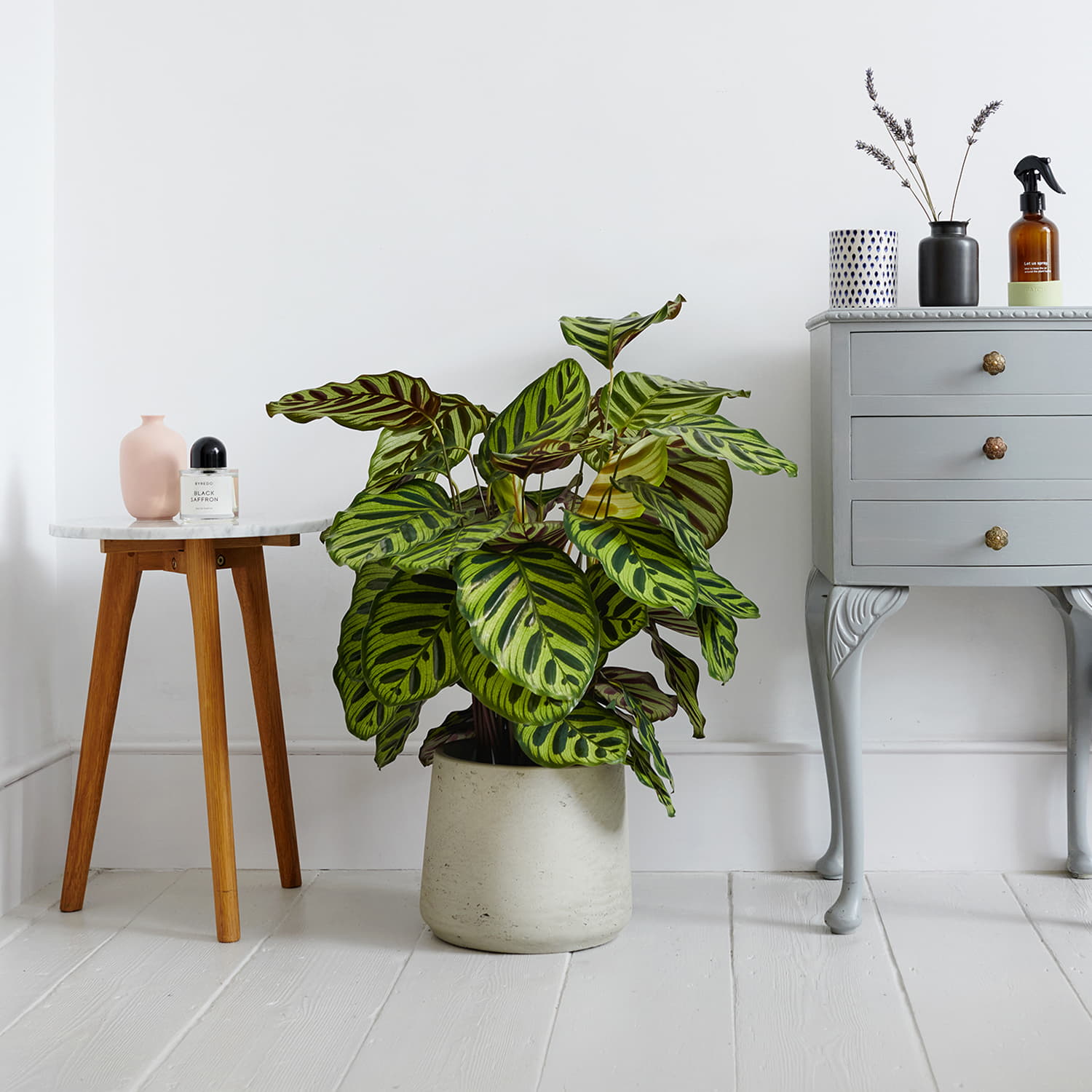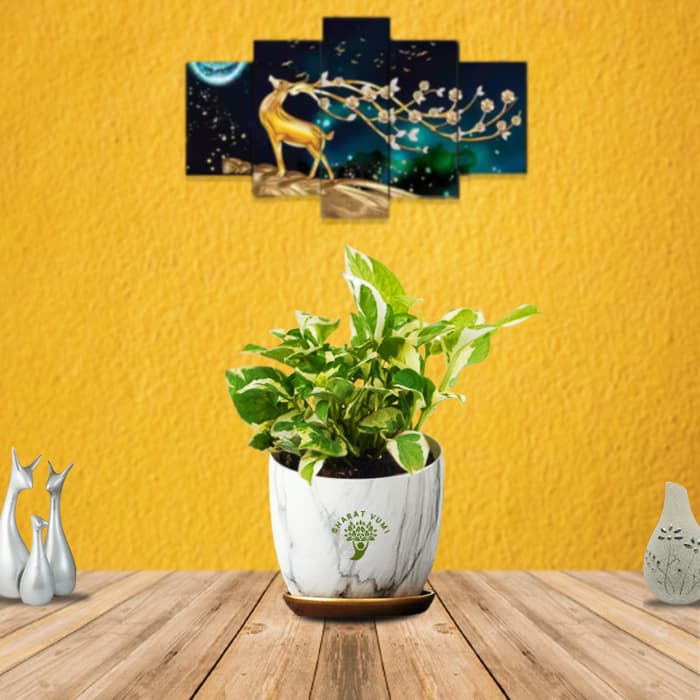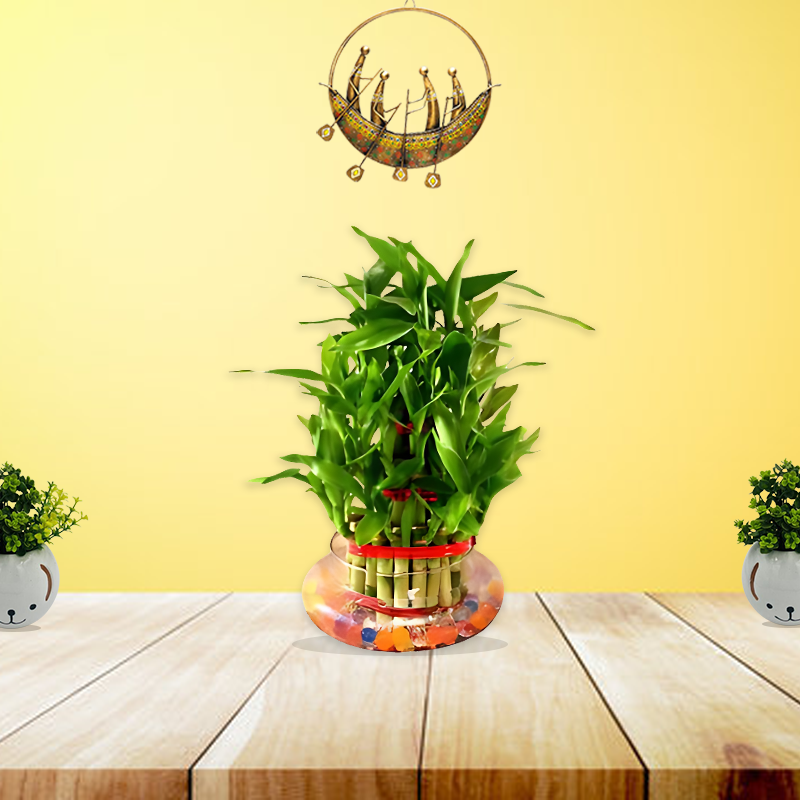| Type |
Evergreen Perennial |
|---|---|
| Benefits |
Adding moisture to air, lessen the impact of airborne allergens |
| Planting Time |
During any season, but avoid very cold winter time. |
| Soil |
Light , loamy , well drained soil |
| Watering |
Low water requirements, once in every 2 weeks. |
| Temperature |
15℃- 32℃ . |
| Humidity |
30% - 50% |
| Light requirements |
Can survive in low light but prefers bright indirect light. |
| Fertilization |
Balanced NPK during the growing season |
| Flowering |
Blooms once a year ,usually during spring time |
| Important Diseases |
Root rot , Southern Blight, Red leaf spot etc |
| Important Pests |
Scales, Spider mites Etc |
| Pruning |
Diseased and damaged leaves can be pruned for better growth. |
| Dormancy period |
Dormant in winter |
| Propagation |
Propagated through division , leaf cutting |













